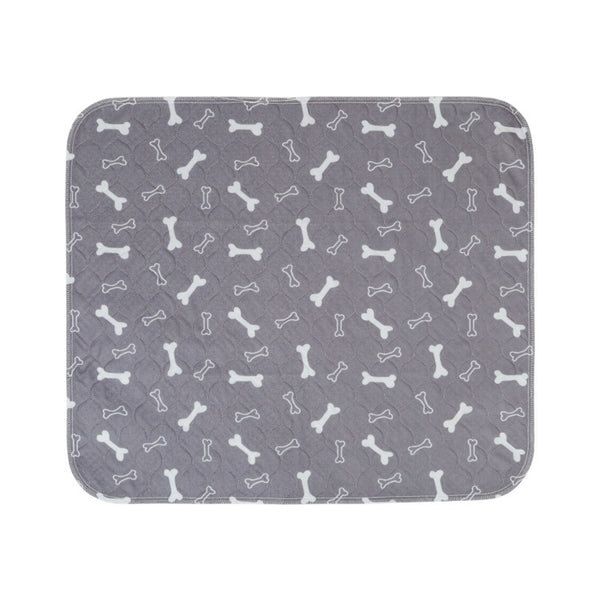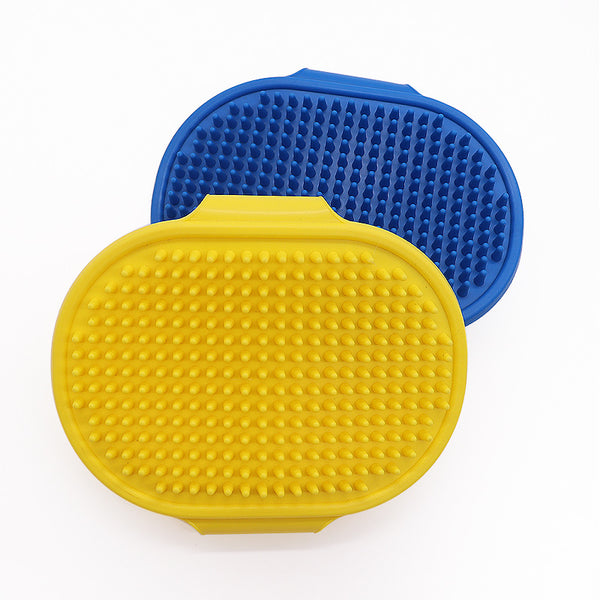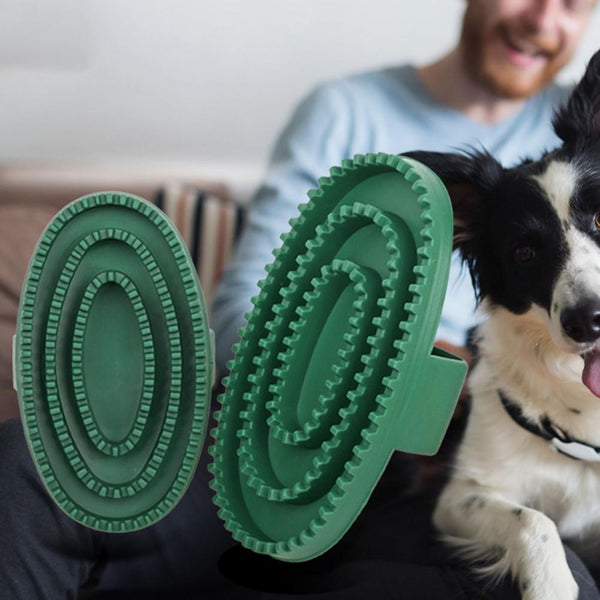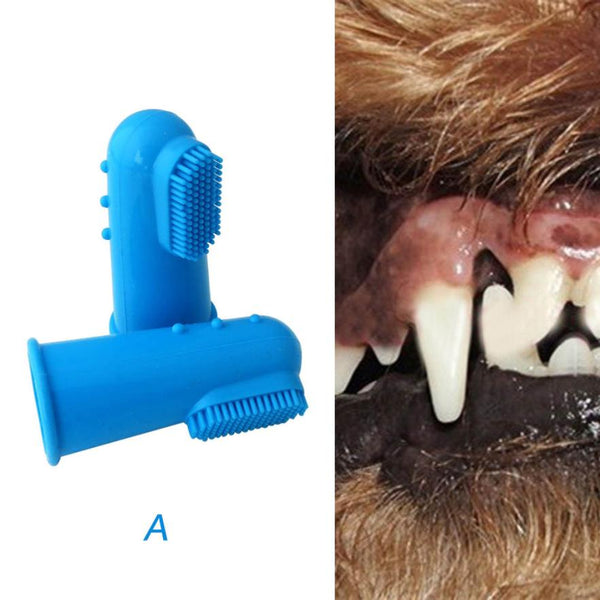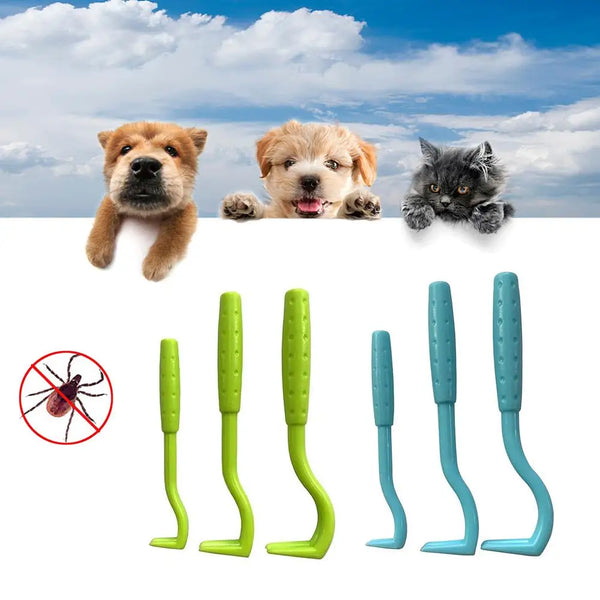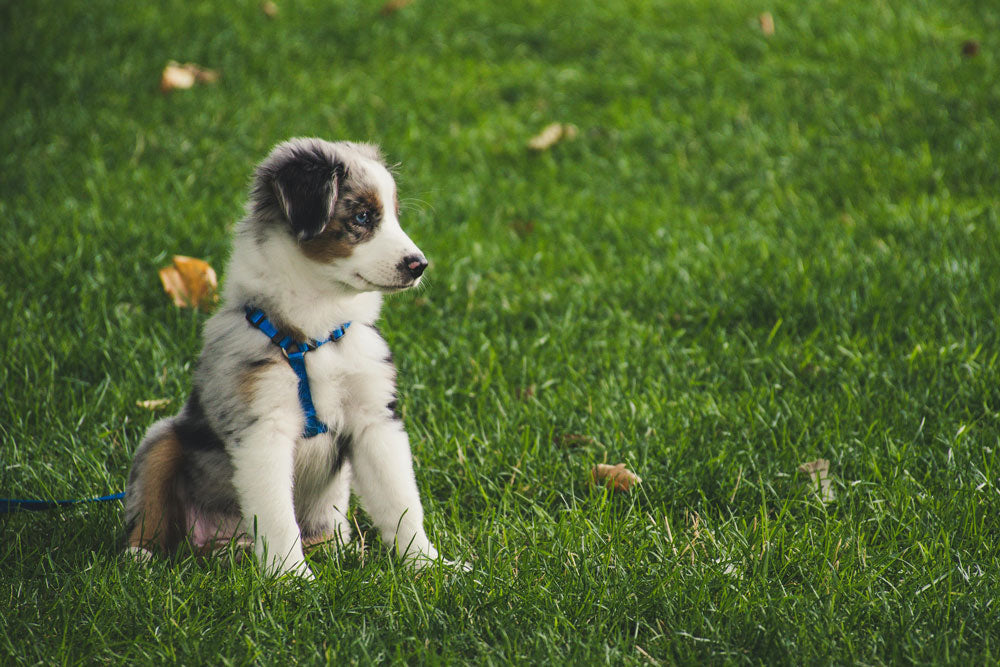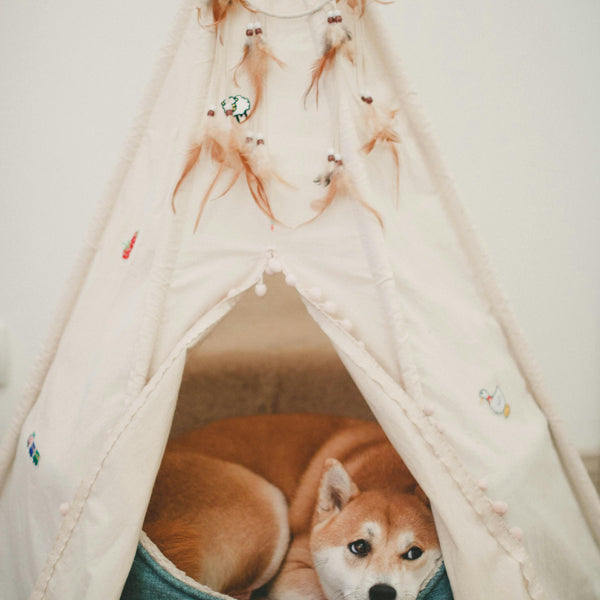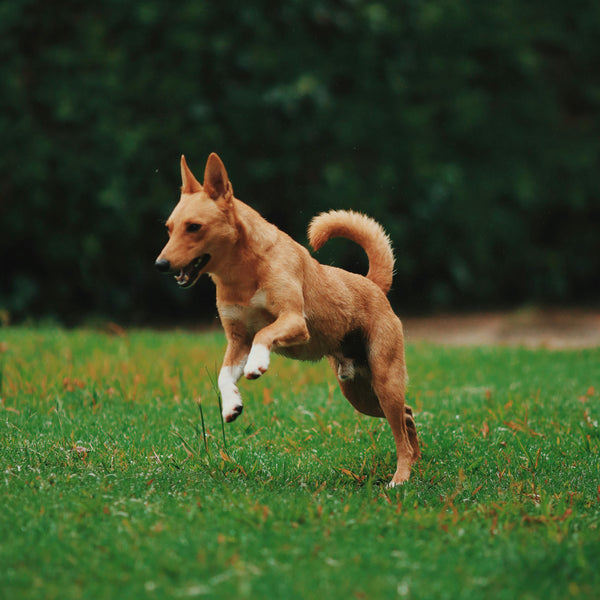Living a sustainable lifestyle isn’t just about big changes; it’s also about the small, daily habits that add up over time. As pet owners, we can make choices every day that not only benefit our pets but also reduce our environmental impact. Creating an eco-friendly pet routine is easier than you might think, and it can make a significant difference for the planet. Here’s how you can start.
1. Choose Sustainable Pet Food
One of the most impactful choices you can make is selecting sustainable pet food. Many pet foods on the market are produced with a heavy environmental footprint, particularly those relying on conventional meat sources. Consider switching to pet foods that use sustainably sourced ingredients, such as organic meats, plant-based proteins, or even insect protein, which is gaining popularity as a low-impact alternative.
Beyond the ingredients, think about the packaging as well. Opt for brands that use recyclable or compostable packaging. If possible, buy in bulk to reduce the frequency of purchases and minimize packaging waste. Making these changes can significantly reduce the carbon paw-print of your pet’s diet.
2. Opt for Eco-Friendly Pet Products
From toys to grooming supplies, the products you choose for your pet play a big role in their overall environmental impact. Look for items made from natural, biodegradable, or recycled materials. For example, toys made from hemp, organic cotton, or recycled plastic are excellent alternatives to traditional options that may be made from non-renewable resources.
Additionally, consider the durability of the products you buy. High-quality, long-lasting items may cost more upfront but will save you money in the long run and reduce waste. For grooming supplies, choose eco-friendly shampoos and conditioners that use natural ingredients and come in recyclable packaging.
3. Practice Responsible Waste Management
Managing your pet’s waste is another area where you can make environmentally friendly choices. As discussed earlier, using compostable poop bags is a great way to reduce plastic waste. For cat owners, consider switching to biodegradable or natural cat litter, such as those made from wood, corn, or paper.
If you have a garden, you might even consider composting your pet’s waste, though it’s essential to do this correctly to avoid contaminating your compost with harmful bacteria. There are specialized pet waste composters available that can help you turn your pet’s waste into safe compost for non-edible plants.
4. Reduce, Reuse, Recycle
Applying the principles of reducing, reusing, and recycling to your pet care routine can go a long way in making it more sustainable. Before buying new products, think about whether you can reuse something you already have. For instance, old towels can be repurposed as pet bedding, and cardboard boxes can become makeshift play areas or scratching posts for cats.
When you do need to purchase something new, consider buying second-hand. Many pet products, such as crates, beds, and toys, can be found in excellent condition at second-hand stores or online marketplaces. This not only saves you money but also reduces demand for new products, which helps conserve resources.
5. Support Sustainable Pet Services
Finally, think about the services you use for your pet, such as grooming, boarding, or walking. Look for businesses that are committed to sustainable practices, whether that’s through using eco-friendly products, conserving water and energy, or supporting local environmental initiatives. By choosing eco-conscious services, you can extend your commitment to sustainability beyond your own home.


